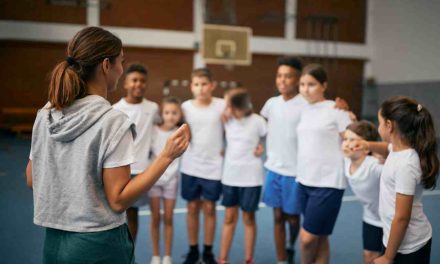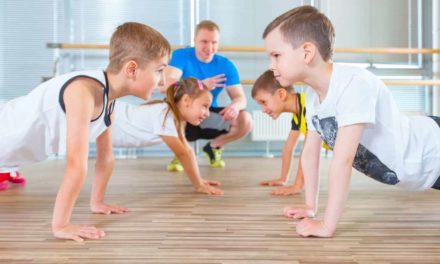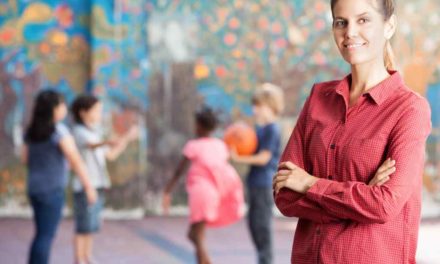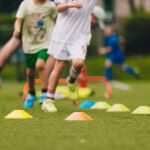A person’s life expectancy and health depend upon their physical activity and fitness. Many diseases, like coronary heart disease, colon cancer, and breast cancer, are more likely to happen if you don’t move around much. Recent research has shown that the number of people who die from not being active is getting close to the number of people who smoke cigarettes. People have called it a pandemic because it affects many people and raises the chances of people getting sick.
1. Prioritise Planning
So, let’s say you want to create a place where students can learn and practise good behaviour. In that case, it’s important to consider the lesson’s main goals. We all put a lot of time and thought into making our lessons and units. First, you should come up with clear procedures and share the schedule of activities for each class with everyone. Some students’ worries, which could make them act badly, might be taken care of. When students are sure of themselves and know what will happen in each PE class, they can use the mental and emotional energy they would have otherwise spent worrying about what will happen next to think about and do more useful things during the class.
2. Direct Teaching
This way of teaching lets the teacher keep control of the class and do a lot in a short amount of time. Because of this, the students will have many chances to improve their skills, especially any new ones they may have picked up. On the other hand, since the classroom is centred around the teacher, it’s more likely that some students won’t get enough feedback, which limits their ability to be creative. Also, less skilled athletes are more likely to be overlooked. At the same time, the best athletes get the most attention. But this does not mean that it is an inefficient classroom technique. There are a lot of benefits to this method, and the efficiency of the method depends upon the teacher.
3. Convergent Discovery
Students are given a problem with only one right answer in this activity. Students must use their physical skills and ability to think critically and get along with others. On the other hand, it’s up to the students to find ways to get themselves going. For example, the “One Way” task involves putting 48 squares of different colours in a 6×8 grid on the ground. The only person who knows the right pre-planned route is the coach. Now that they’ve reached this point, the kids have to take turns crossing the road, and the bus driver will show them which squares are safe to walk in. Because in the end, every student will have to cross. For them to meet the deadline, they will have to remember the information and work together. This would enhance co-operation.
4. Build Time in the Schedule for breaks
At your school, you can encourage students to be physically active in some ways, such as by giving them time for breaks. Students should be encouraged to play more freely during break times. This is in contrast to how organised physical education classes are. Your school may have a lot of different ways to implement breaks and when they are within the school day. There might be one longer break in the afternoon or many shorter breaks spread out over the day. Make sure that your school’s schedule has time for breaks and that it isn’t crowded out by other activities, no matter how you add it to the curriculum.
5. Upgrade Your Playground Equipment
When playground equipment is broken, or there isn’t enough, it doesn’t show that your school wants to encourage physical play. So, look at the playground equipment you already have and decide if it needs to be changed or if you should add some new equipment. It’s important to remember that not every piece of playground equipment is made the same way. Look for playground equipment that will last a long time to help kids grow and play with others so everyone can enjoy a break.
Conclusion
Most kids in primary school take part in physical education for half an hour once a week. You will have those kids for 36 weeks out of the year. That’s the same as getting 18 hours of physical education a year. This number drops quickly when you think about things like fire drills, doing homework in class, science fairs, unplanned photo days, appointments, family vacations, and sick days. Taking care of the classroom can help you keep more of the time you spend teaching. Physical activity enhances creativity, improves attention, and keeps the mind healthy and fresh, making learning more effective.
Take a look at PE Office, an online platform that provides lesson plans and schemes of work for your PE department to make educating easier. You can call the team on 01909 776900, send an email to mail@peoffice.co.uk or directly book a free online demonstration here.










